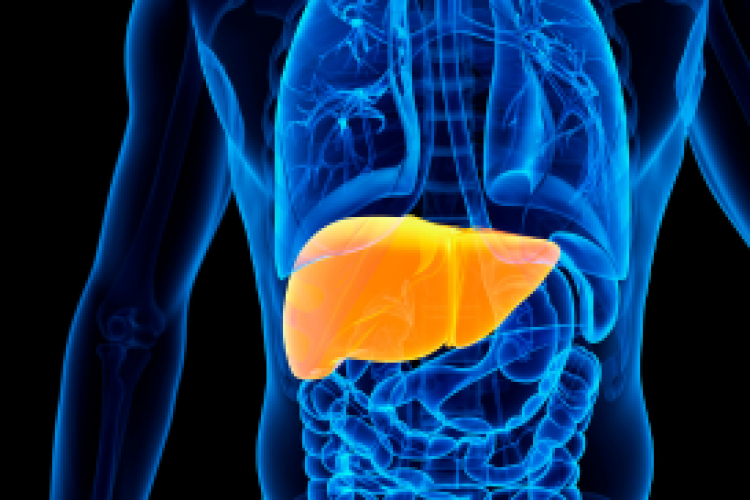Cervical cancer has decreased by more than 50% in the past 30 years. This decline in the United States is due to widespread screening and prevention, according to Sharon Quayle, MD, Assistant Director of Obstetrics & Gynecology at Montefiore Nyack Hospital. For Cervical Cancer Awareness Month this January, Dr. Quayle answers questions about this largely preventable disease.
Q: How common is cervical cancer?
A: About 12,000 U.S. women are diagnosed with cervical cancer each year. Around 4,000 women will die each year from cervical cancer.
Q: Who gets cervical cancer?
A: Most cases of cancer of the cervix occur in women who have never been screened for cervical cancer or have had inadequate screening. Cervical cancer forms slowly, over years. Normal cells transform to precancerous cells, and in a small minority of patients, progress to cancer. If the precancerous cells are identified and treated, almost all these cancers can be prevented. Luckily the Pap test and HPV (human papillomavirus) screening allow the identification of women at risk. In addition, almost all these cancers can be prevented by a very safe vaccination.
Q: What is HPV?
A: HPV is the most common sexually transmitted infection. Most people with HPV don’t have any symptoms or health problems. About 1 in 4 people in the United States are infected with HPV at any given time. About 14 million Americans become infected with HPV each year. Most HPV infections occur in teenagers and young adults in their 20s.
HPV is transmitted through sex. The virus infects cells of the cervix and causes almost all cervical cancers. HPV also is responsible for many other cancers including those of the vulva, vagina, penis, anus, rectum and head and neck. HPV is linked with 33,700 to 42,660 cancers in women and men. Most of these cancers are preventable with vaccination.
Q: How can I reduce my chance of developing cervical cancer?
A: The HPV vaccine is an effective way to reduce the chances of becoming infected with HPV. According to the National Cancer institute, HPV vaccination provides nearly 100% protection against persistent HPV infections that can lead to cervical cancer. HPV not only causes cancer. It also causes genital warts, and increases the chance of requiring painful diagnostic and surgical procedures to treat the pre-cancerous cells and warts.
Most pediatricians offer the HPV vaccine, which is generally administered between the ages of 11 and 12. Even older people can receive protection from the vaccine and they should discuss this with their health care provider.
There are three types of HPV vaccines, and all are safe. Each of them has been tested in tens of thousands of people in the U.S. and other countries over several years and so far they have not been found to cause any serious side effects. Once you have been vaccinated, you still need to have regular Pap tests and check-ups.
Other ways to reduce one’s chance of cervical cancer and HPV infection is to use condoms, limit the number of sexual partners, not smoke, and have regular checkups.
Q: Who should get a Pap test?
A: The following are the current guidelines for Pap tests:
- Under 21: no Pap test
- Age 21-30: Pap tests every 3 years
- 30-65: Pap tests and HPV screening every 5 years
- Over 65 (in women who have had adequate screening in the prior decade) or following a hysterectomy: no Pap tests
Of course with every guideline, there are several exceptions to the screening frequency. You should always speak with your doctor about what is the appropriate screening for you.
Q: What are symptoms and treatment for cervical cancer?
A: Symptoms of cervical cancer are abnormal vaginal bleeding, spotting or pain with intercourse, or a persistent abnormal vaginal discharge.
Treatment for cervical cancer generally involves hysterectomy and may require the addition of chemotherapy and radiation therapy.
Q: Where can I find more information about cervical cancer?
A: Three good sources of information are:



 Upcoming Events
Upcoming Events



